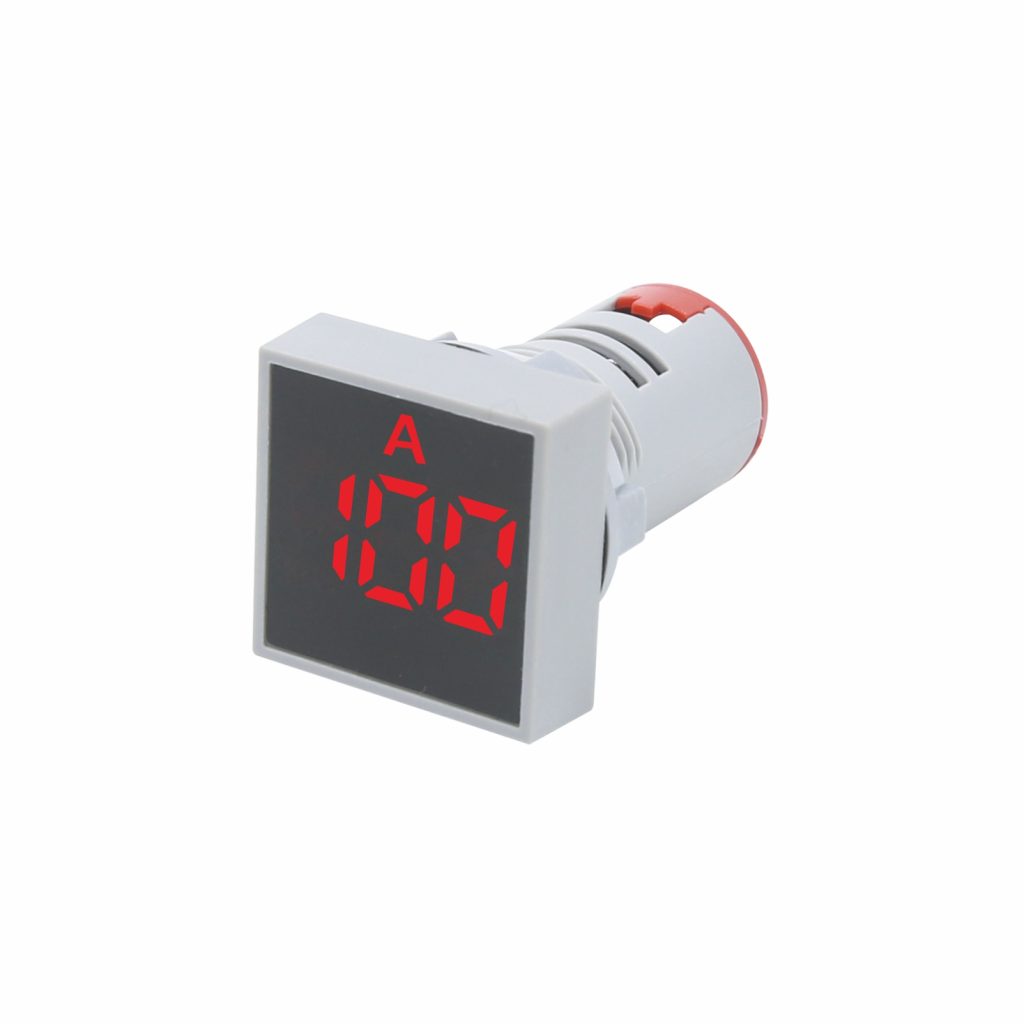Everything you need to know about Indicator Type Digital Meter
Table of Contents
ToggleWhat is Indicator Type Digital Meter
An indicator-type digital meter, often simply referred to as an indicator meter, is a specialized digital measuring instrument used to display and present specific data or measurements in a clear and user-friendly manner. Unlike traditional analog meters, indicator-type digital meters use digital displays, such as LED (Light Emitting Diode) or LCD (Liquid Crystal Display) screens, to show numerical values or graphical representations of the measured quantities. These meters find extensive use across various industries and applications due to their accuracy, reliability, and ease of reading.
The Importance of Indicator Type Digital Meter
- Accuracy and Precision
One of the primary reasons for the widespread adoption of indicator-type digital meters is their high level of accuracy and precision. These meters can provide readings with decimal points, allowing for finer measurements and reducing the chances of human error during interpretation. In critical applications like scientific research, industrial processes, or medical diagnostics, precision is of utmost importance, making these meters indispensable tools.
- Instantaneous Readings
Indicator-type digital meters offer instantaneous readings, displaying the measured values in real time. This real-time data retrieval is invaluable in applications where prompt decisions are necessary, such as in control systems, process monitoring, or safety-critical situations. Operators can quickly assess the data and respond accordingly, enhancing efficiency and ensuring optimal performance.
- Easy-to-Read Displays
The digital display of indicator meters is designed for user-friendliness and readability. The numerical values are clear and legible, eliminating the need for interpreting needle positions or analog scales, which can be cumbersome and prone to errors. The simplicity of digital displays makes these meters suitable for both skilled professionals and laypersons alike.
- Versatility and Multifunctionality
Indicator-type digital meters can be engineered to measure a wide range of parameters, such as voltage, current, temperature, pressure, frequency, and more. Some advanced models even offer multi-functionality, enabling the user to switch between different measurement modes or units. This versatility allows users to employ a single meter for various applications, reducing the need for multiple devices.
- Data Logging and Recording
Many modern indicator meters come equipped with data logging capabilities, allowing them to record and store measurements over time. This feature is particularly useful in scenarios where historical data analysis is required for process optimization, diagnostics, or compliance with regulatory standards. The ability to access and analyze historical data can lead to improved decision-making and problem-solving.
- Alarm and Alert Functions
Indicator-type digital meters can be configured with alarm and alert functions. These features trigger visual or auditory signals when certain thresholds or limits are exceeded, notifying operators of potential issues or abnormal conditions. Such proactive warnings enable timely interventions and prevent equipment damage or safety hazards.
- Energy Efficiency
Digital technology typically consumes less power compared to traditional analog meters. Indicator-type digital meters, therefore, contribute to energy efficiency, making them suitable for battery-powered devices, portable instruments, and applications where power consumption is a concern.
- Remote Monitoring and Connectivity
Many indicator-type digital meters can be integrated with communication interfaces like USB, Ethernet, or wireless protocols, allowing for remote monitoring and data transmission. This connectivity enables seamless data sharing, centralized control, and remote access, all of which are beneficial in modern automation and Internet of Things (IoT) applications.
Tosunlux’s indicator-type digital meters stand as an exemplar of quality and innovation in the field. Their commitment to providing accurate, reliable, and versatile meters with user-friendly interfaces has earned them a reputation as a trusted brand among professionals and industries worldwide. Whether in industrial automation, energy management, scientific research, or consumer electronics, Tosunlux’s indicator-type digital meters continue to play a vital role in enhancing efficiency, safety, and data-driven decision-making.
Tel: +86-577-88671000
E-mail: ceo@tosun.com
Skype: tosunelectric
Wechat: +86-139 6881 9286
WhatsApp: +86-139 0587 7291
Address: Room No.1001 Wenzhou Fortune Center,Station Road, Wenzhou, China
REQUEST A QUOTE
WhatsApp us
 : +86-139 0587 7291
: +86-139 0587 7291 English
English Español
Español Русский
Русский Français
Français العربية
العربية Português do Brasil
Português do Brasil Українська
Українська Türkçe
Türkçe Polski
Polski Nederlands
Nederlands Italiano
Italiano Bahasa Indonesia
Bahasa Indonesia हिन्दी
हिन्दी اردو
اردو አማርኛ
አማርኛ Հայերեն
Հայերեն ไทย
ไทย Монгол
Монгол فارسی
فارسی Shqip
Shqip Ελληνικά
Ελληνικά



